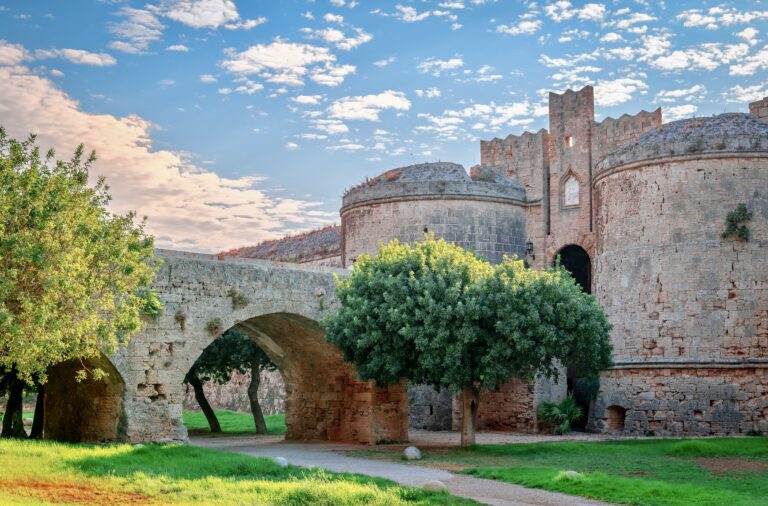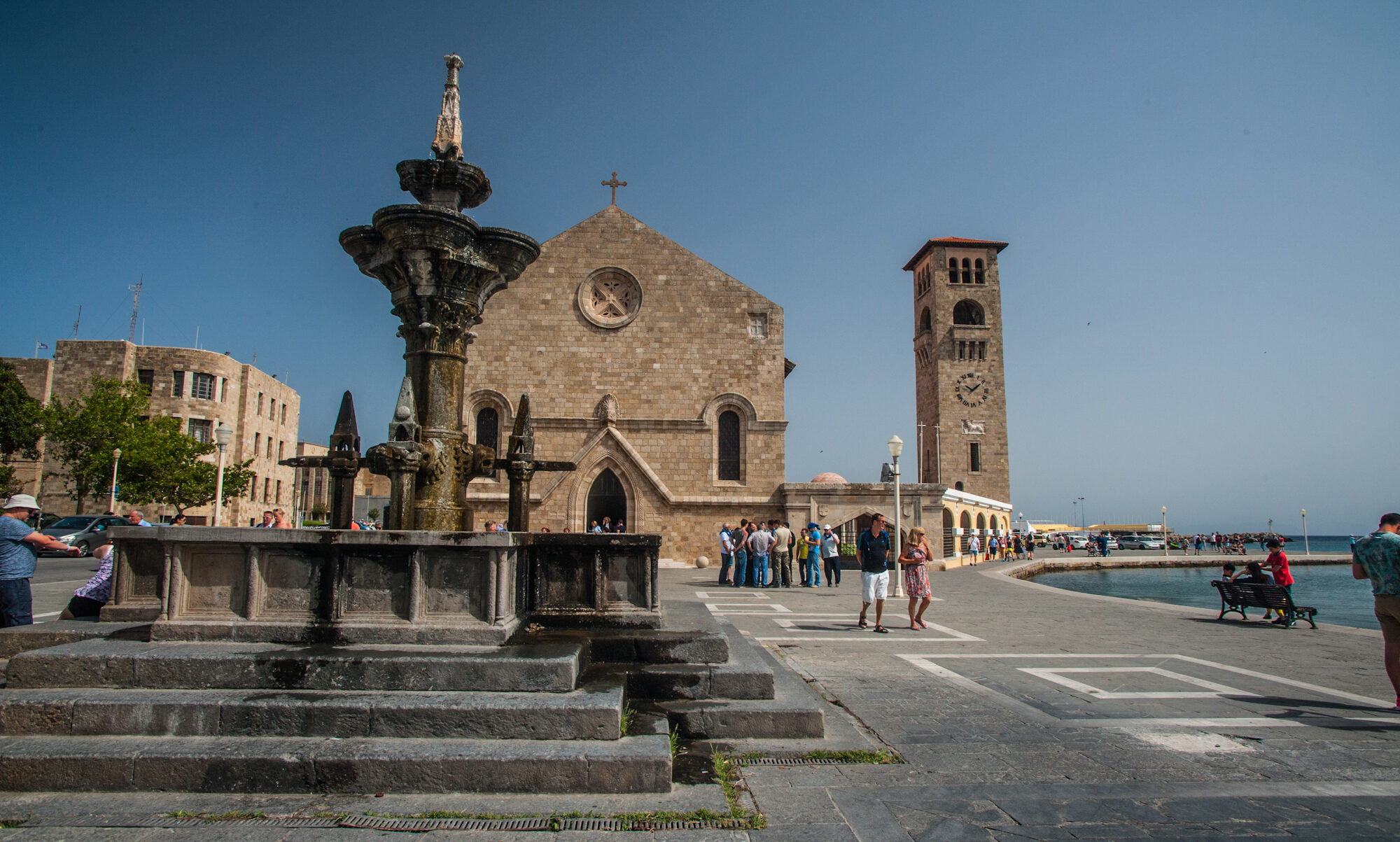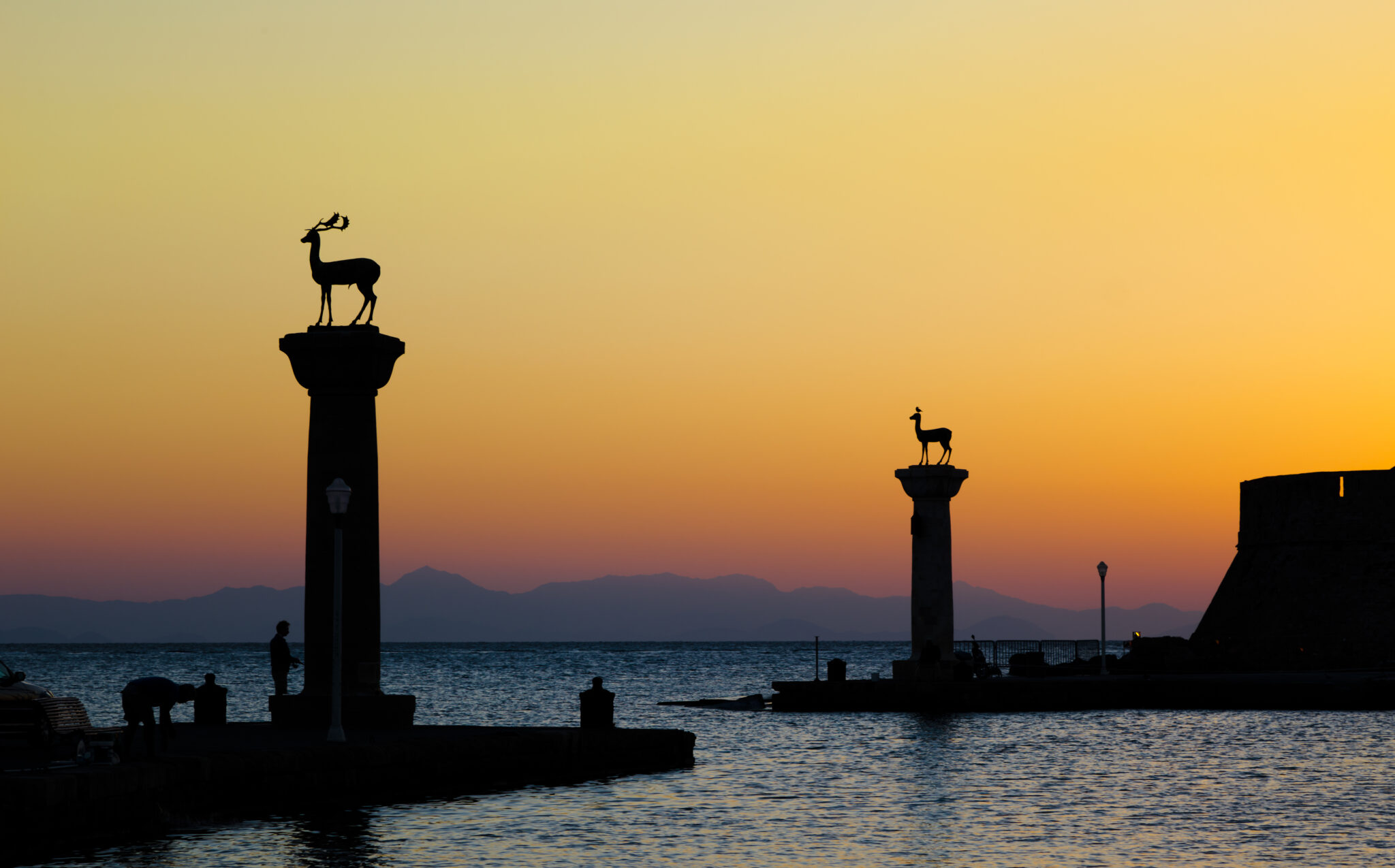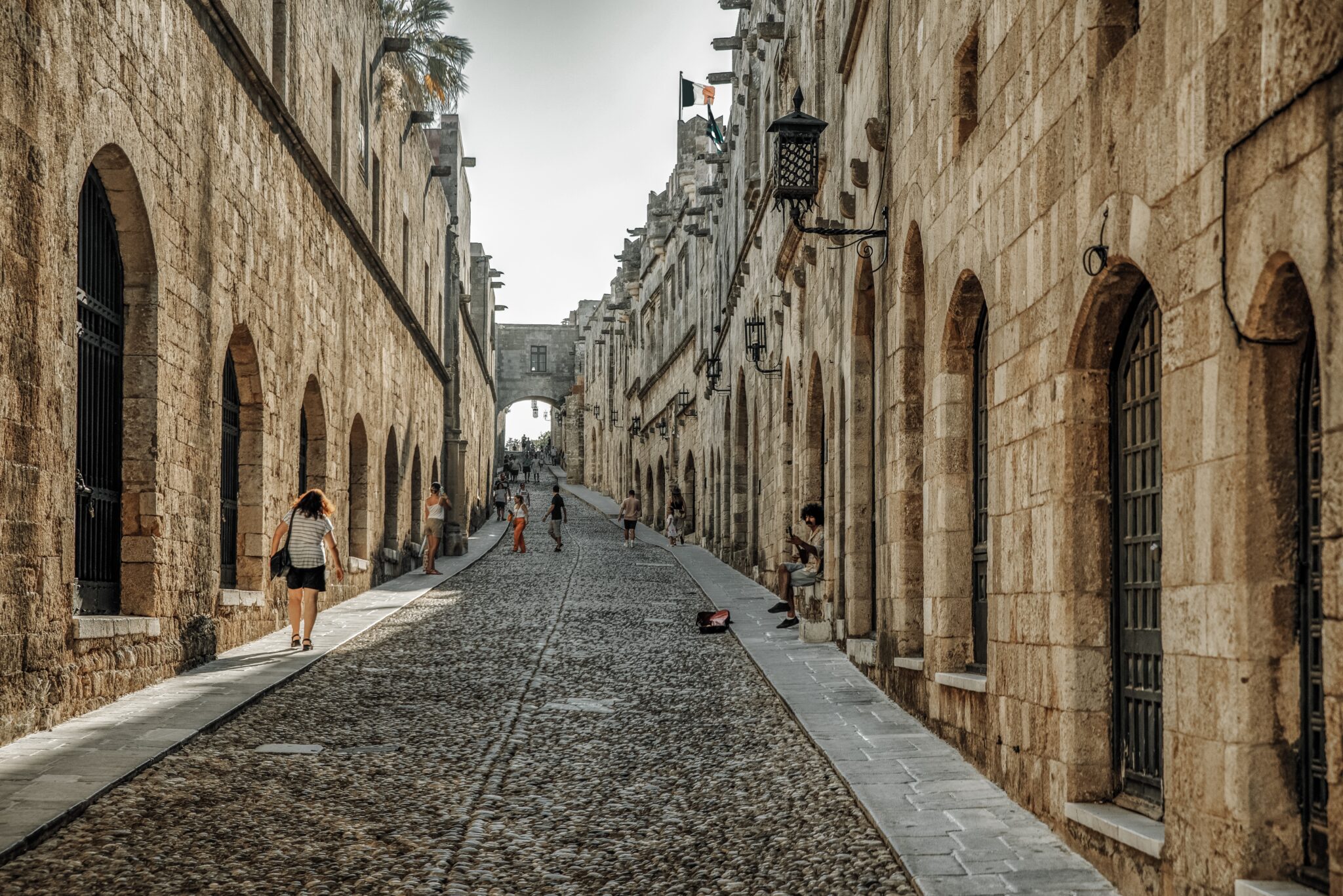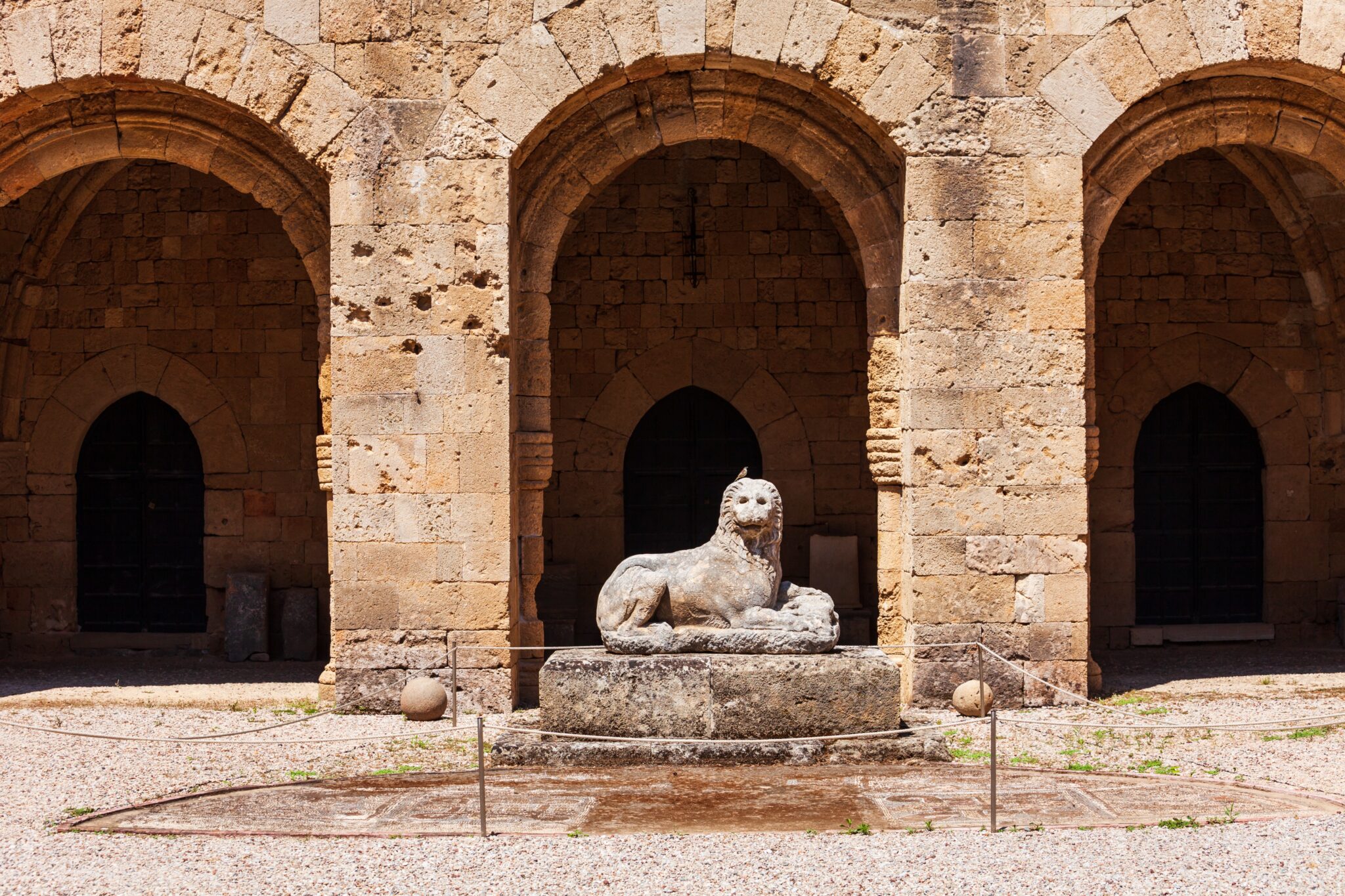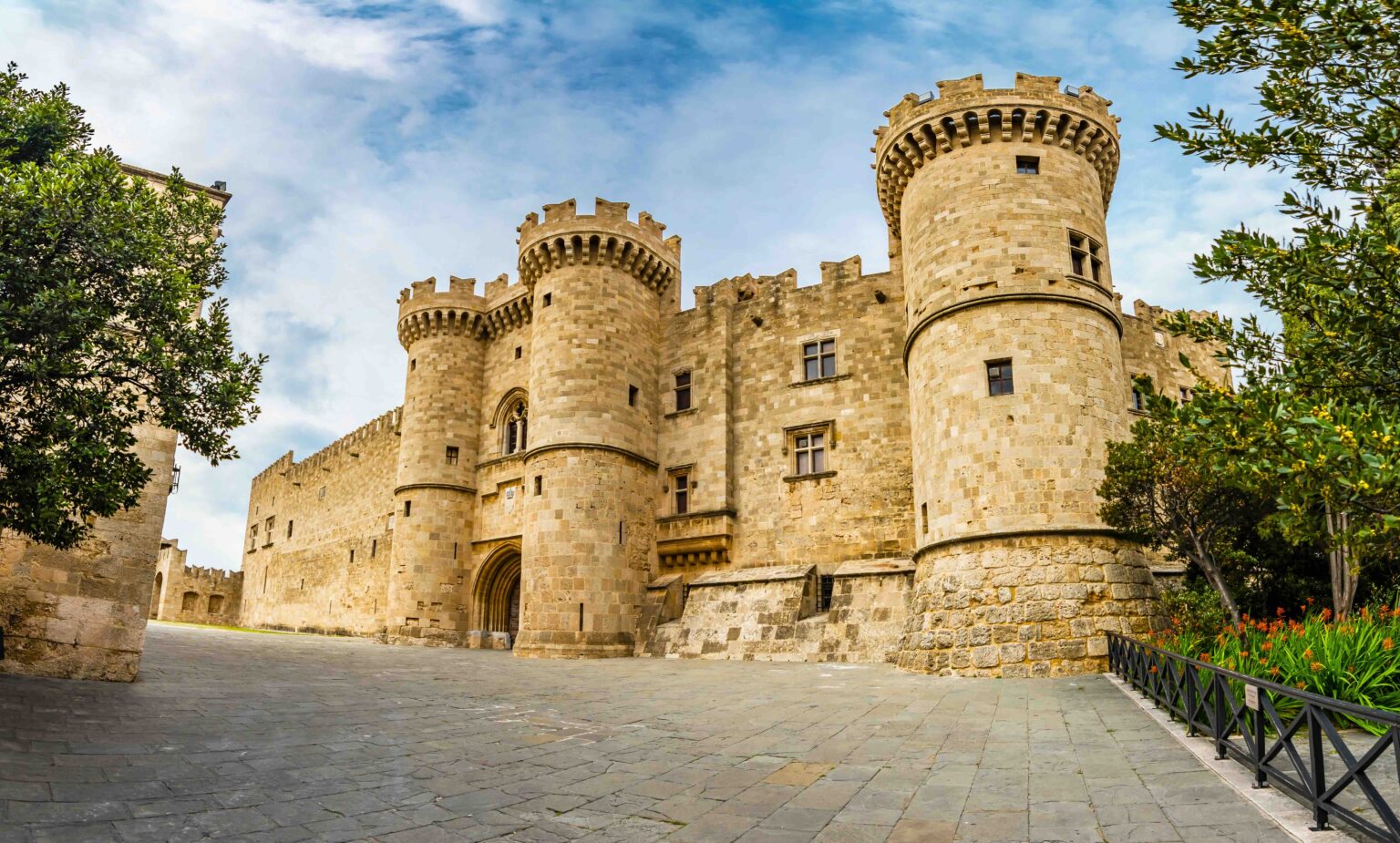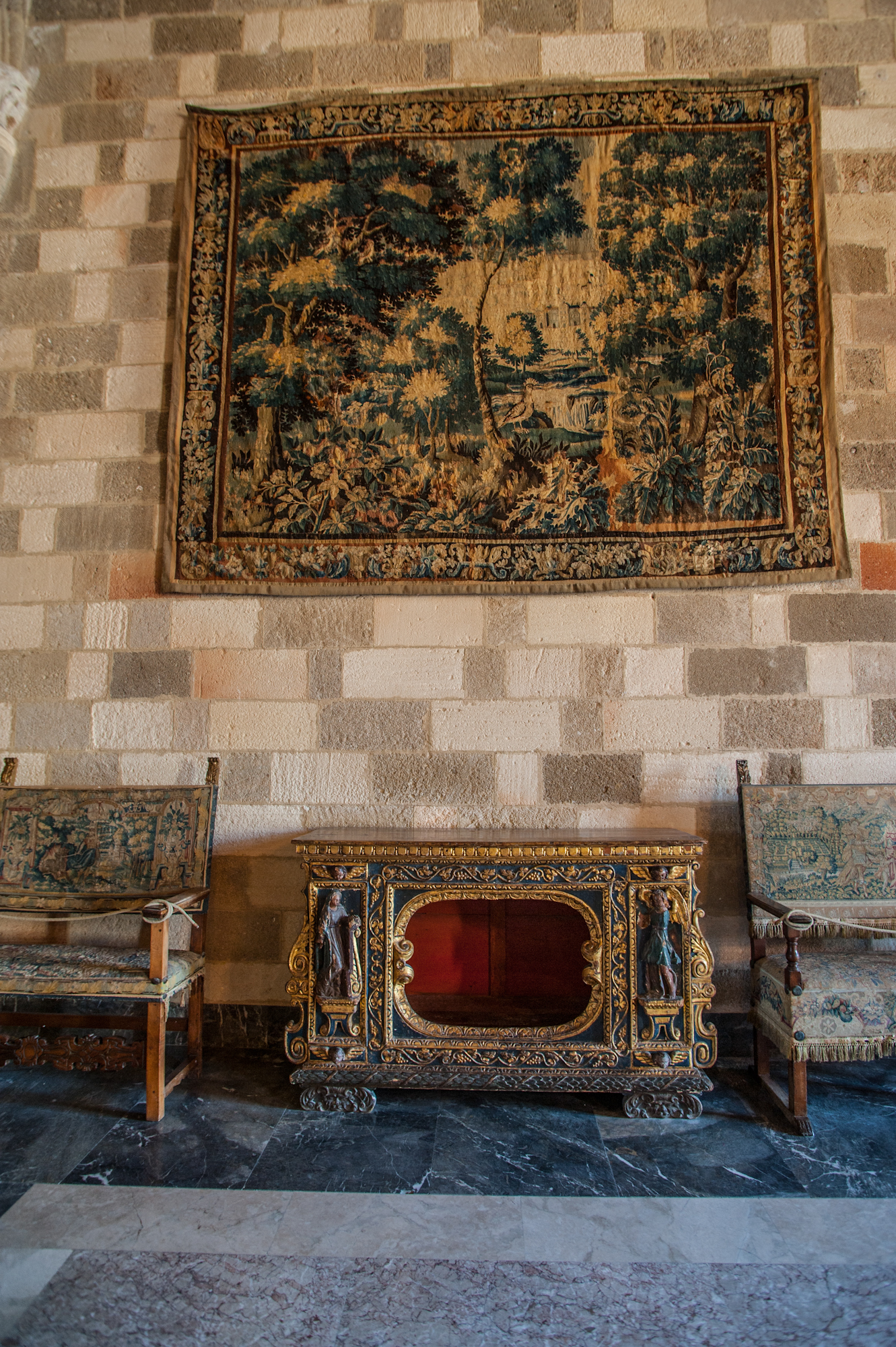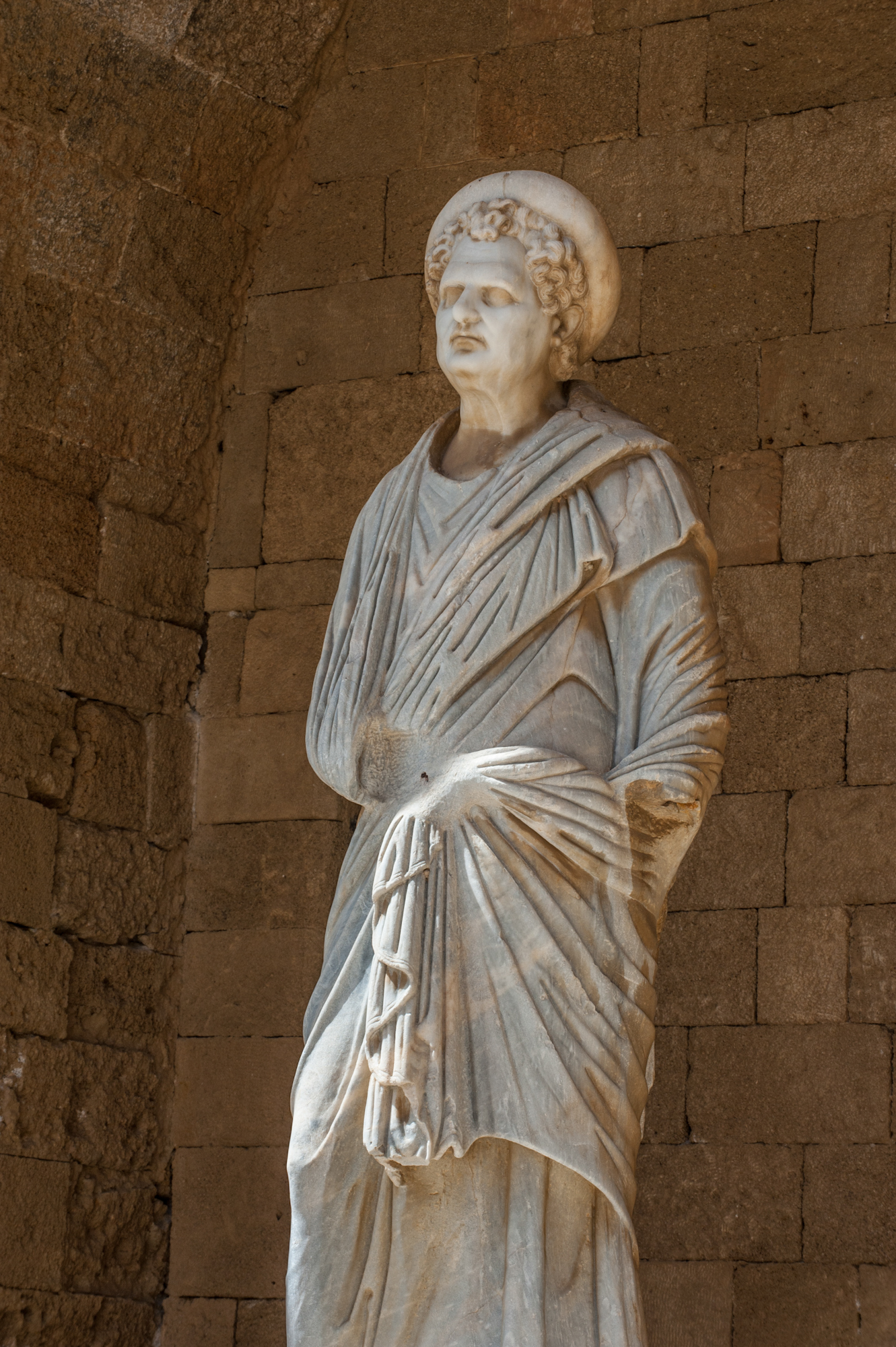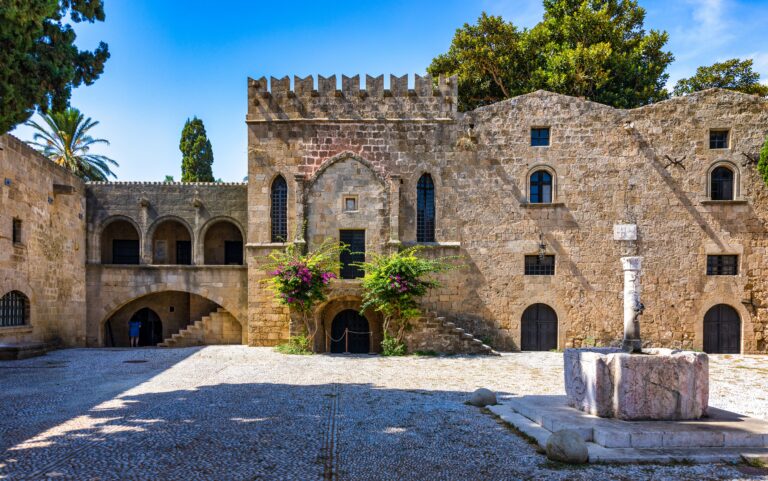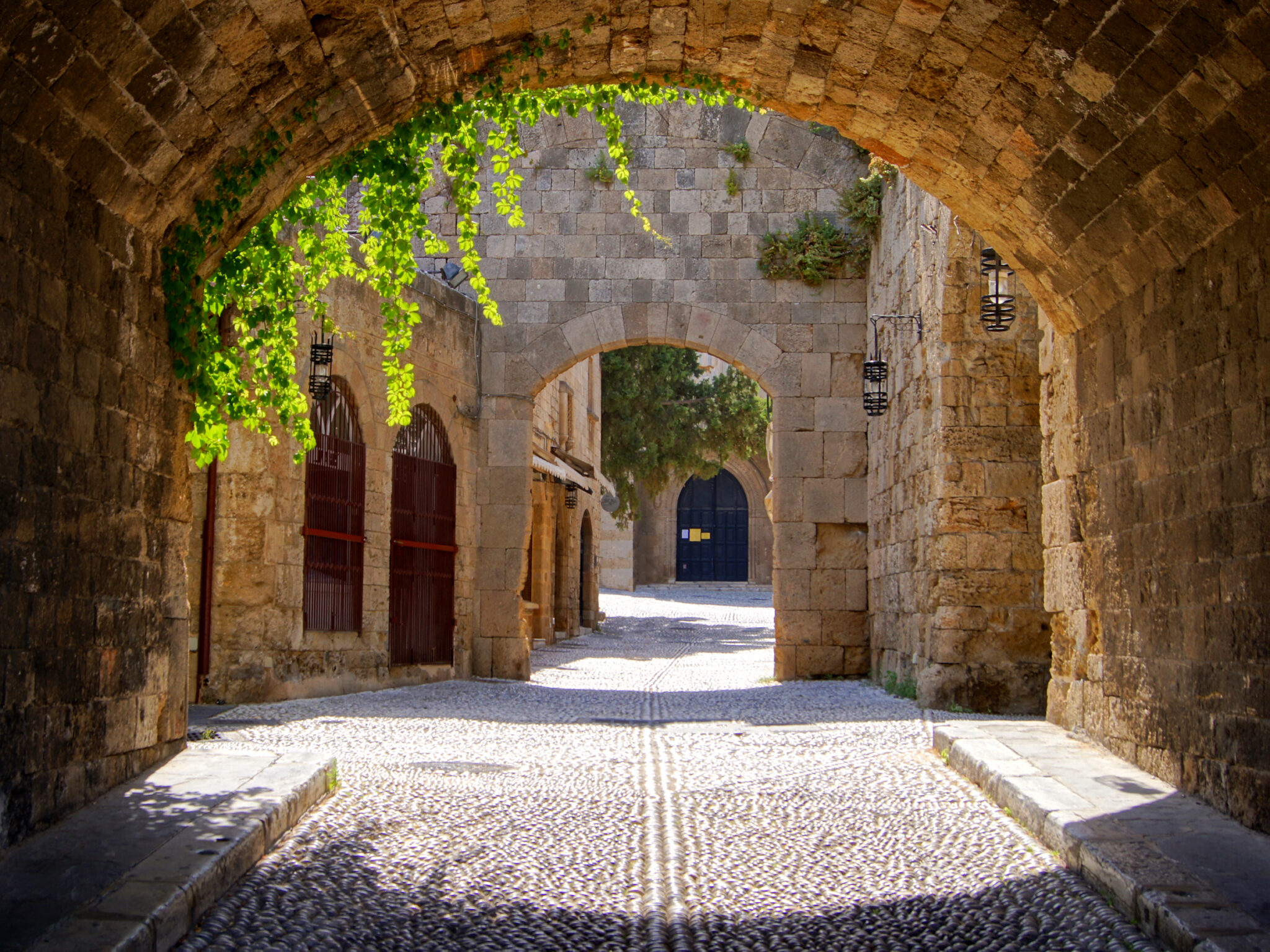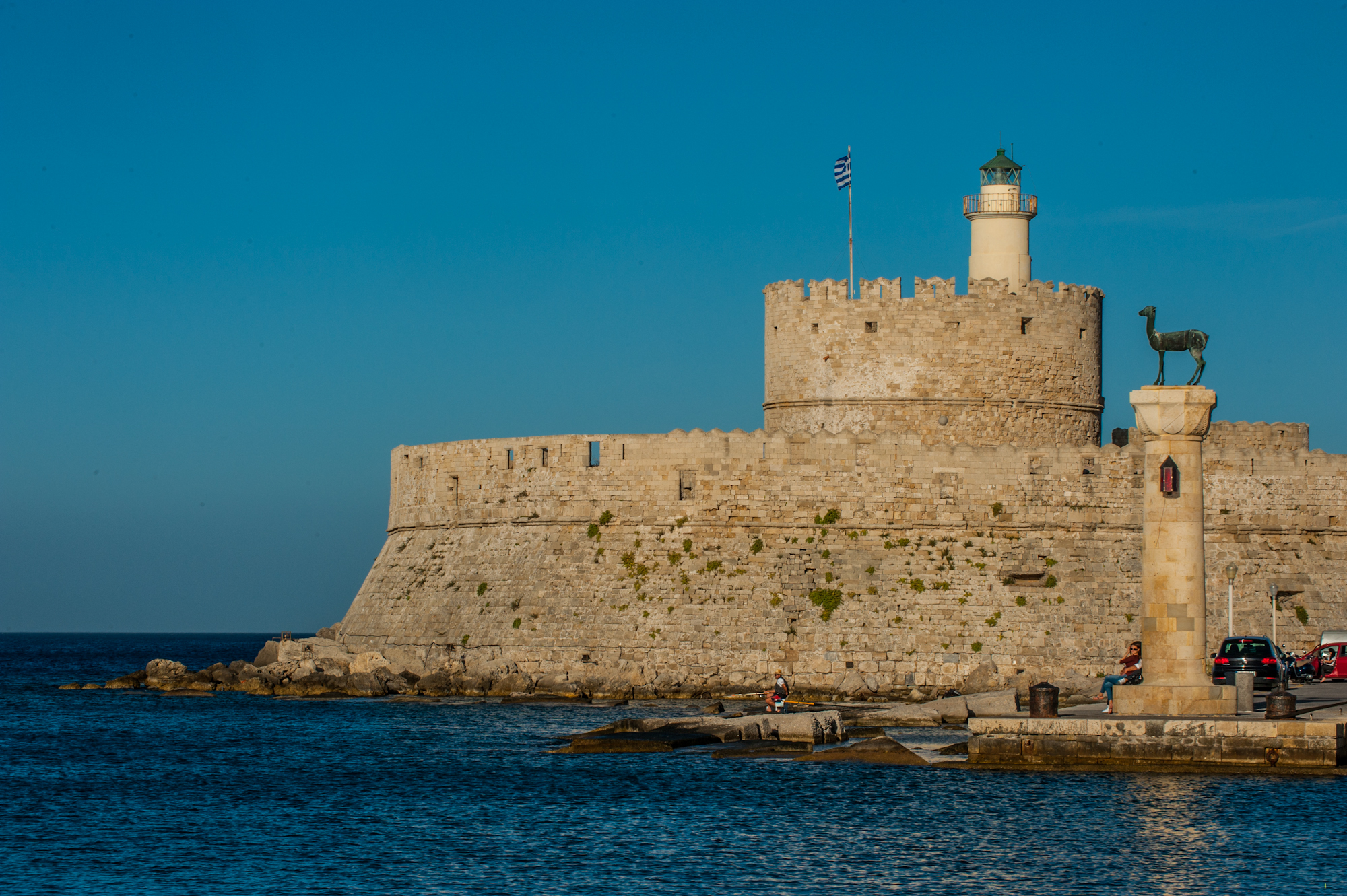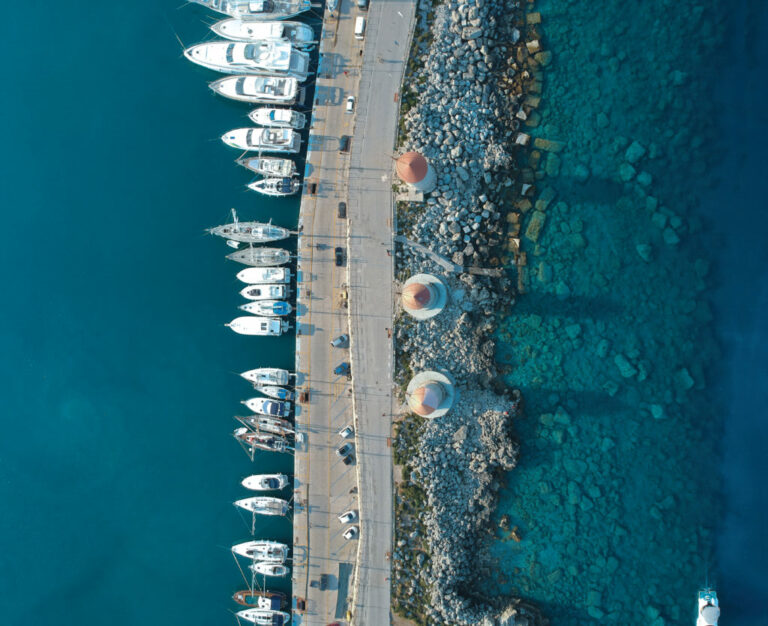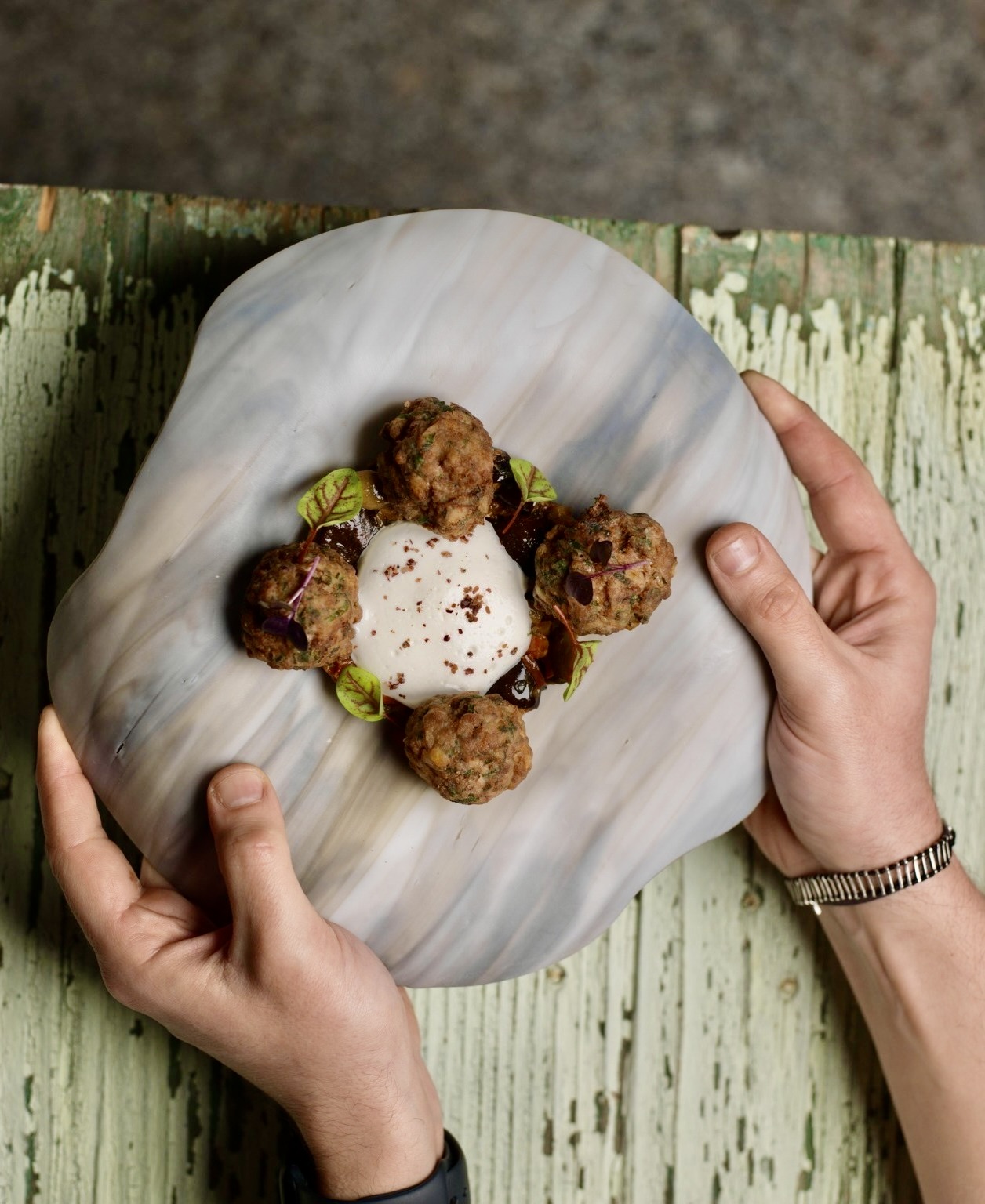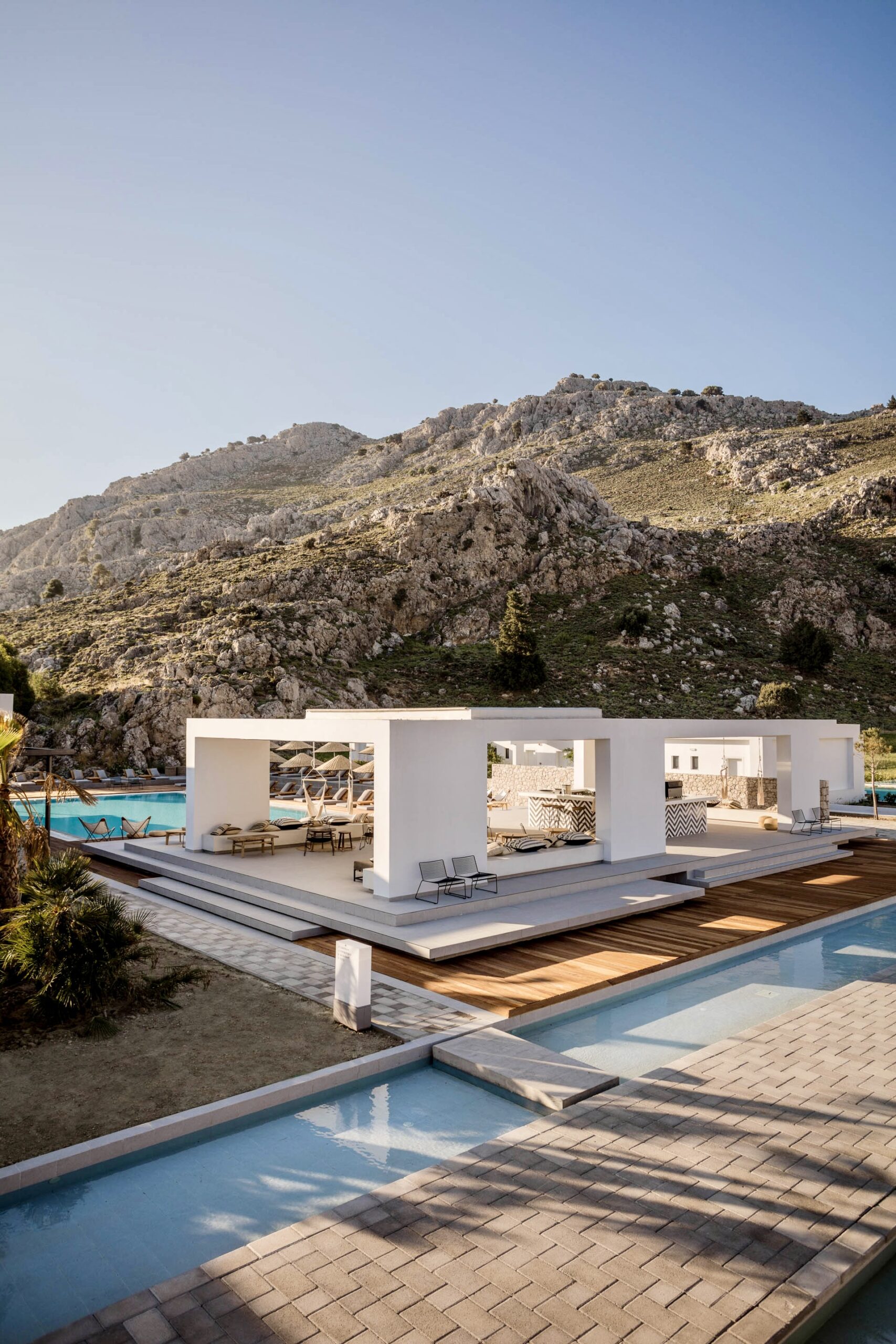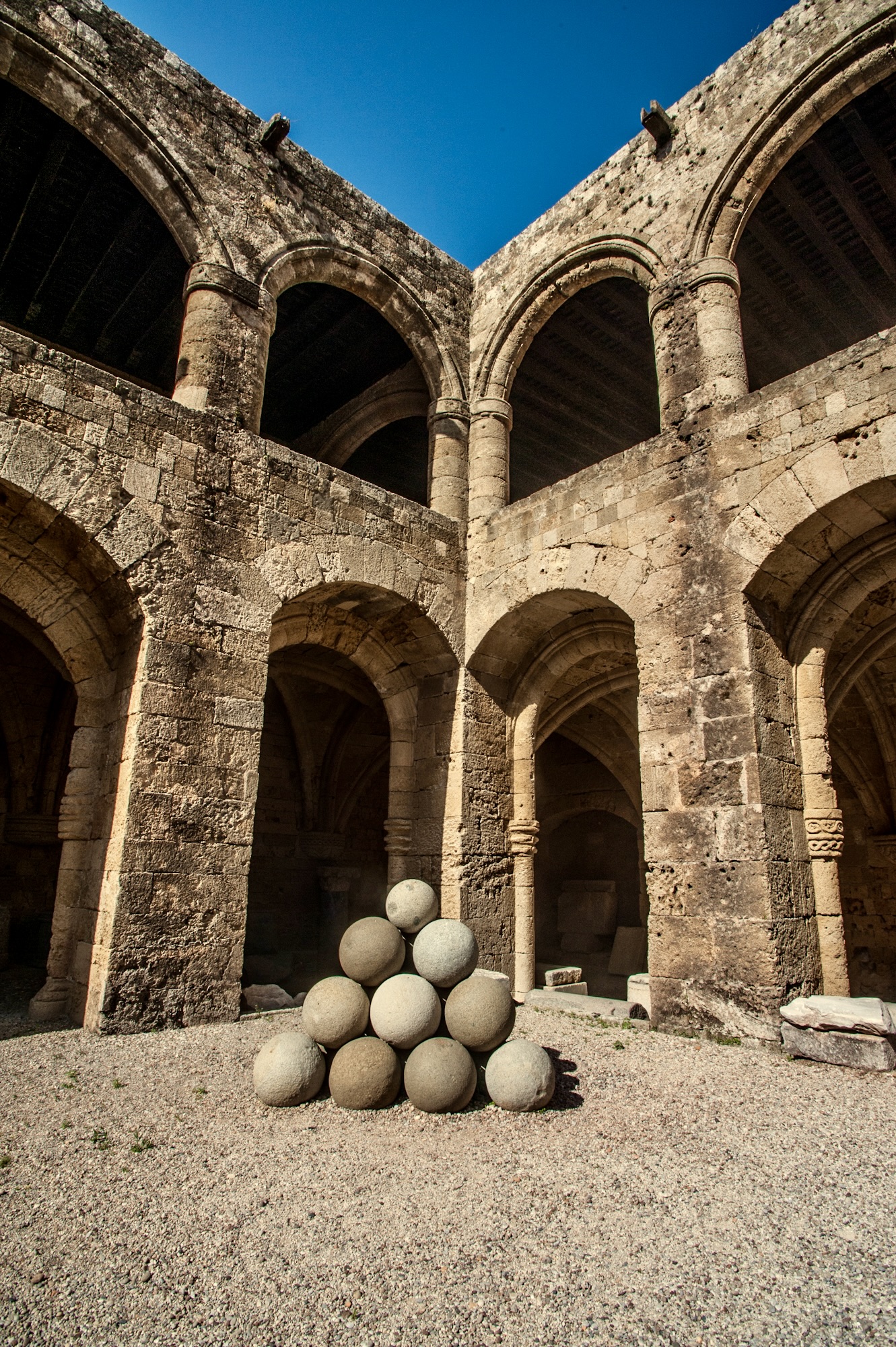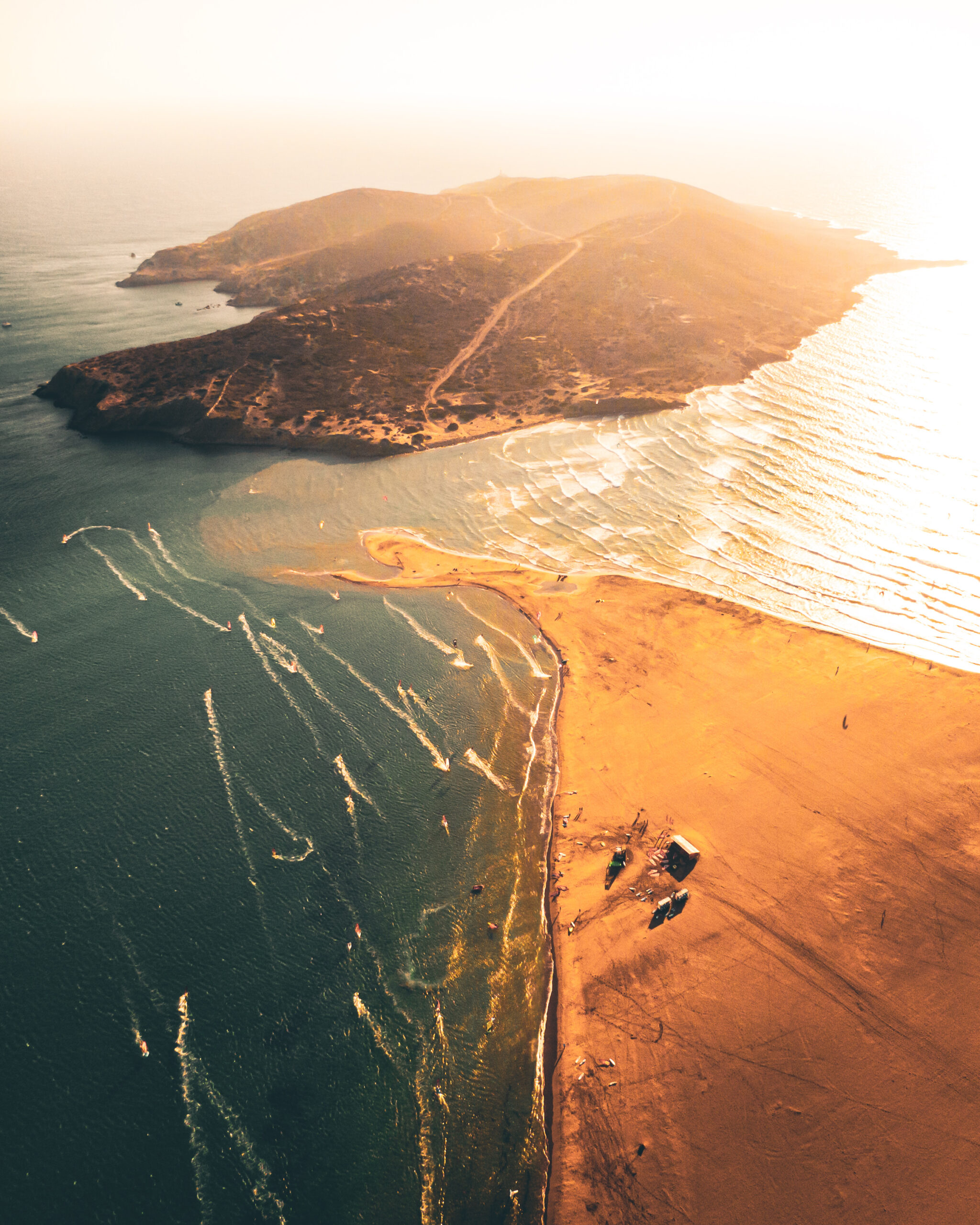Rhodes is one of the most layered destinations in the Aegean. The largest island of the Dodecanese, it has stood for millennia at the crossroads of Europe, Asia, and Africa — a meeting point of peoples, faiths, and ideas. Its past is written into its landscape: ancient acropolises, Byzantine walls, Gothic towers, and Ottoman minarets. Few places in the Mediterranean reveal such a continuous thread of history.
The island’s capital gathers these centuries together in a living city. Its medieval core, a UNESCO World Heritage Site, remains inhabited, with narrow cobbled streets, small squares, and traces of daily life blending with the stones of the past. Walking through it transports you to another, glorious era, a privilege to be experienced in few places in our world.
In recent years, the South Aegean Region has supported projects that safeguard this environment and promote forms of tourism aligned with heritage preservation. The goal is continuity — protecting what defines the island’s identity while ensuring its cultural wealth remains accessible to everyone. In this guide, we take you through the Medieval Town, a journey of inspiration and awakening.
01
Entering the City
Visitors usually begin at Kolona Gate, one of the main entrances through the massive fortifications. Just outside the walls lies Mandraki harbor — once the main port of the Knights and still framed by elegant arcades, windmills, and the Church of the Annunciation, whose bell tower and frescoed interior set the tone for the grandeur to come.
Passing through the gate, a network of narrow lanes unfolds, edged with arches and vaulted corridors. These walls, among the best-preserved in Europe, were expanded by the Knights of St. John between the 14th and 16th centuries to protect the city during repeated Ottoman sieges.
A few steps further stands the Church of the Virgin of the Castle, founded in the 11th century. Initially Byzantine, it was rebuilt by the Knights in Gothic style and later converted into a mosque. Its surviving frescoes — the Virgin and Saint Lucia — and the coats of arms of Grand Master Helion de Villeneuve and Pope John XXII capture centuries of transformation.
02
The Street of the Knights
The route continues uphill along the Street of the Knights, one of the most complete medieval thoroughfares in Europe. Each building once belonged to a different “tongue” or national division of the Order, identified by carved emblems and Latin inscriptions. The architecture is austere yet harmonious, reflecting the discipline and hierarchy of the Knights themselves.
On the left, the Folk Art Museum occupies the former Armoury, presenting woodcarvings, ceramics, textiles, and traditional costumes that illuminate everyday life in the Dodecanese. Opposite, the Archaeological Museum of Rhodes is housed in the Knights’ Hospital, a grand Gothic building with Renaissance influences. Its collection includes mosaics, sculptures, and jewelry that trace the island’s artistic and social history from antiquity to the early Christian era.
03
Churches and Palaces
At the top of the street, the Church of the Holy Trinity of the Knights — built in the 14th century — displays coats of arms belonging to the Holy See and the English Tongue of the Order. Its interior features a remarkable fresco of the Throne of Grace, one of the few of its kind in Greece.
The Palace of the Grand Master, rising just beyond, dominates the skyline. Constructed in the 14th century on the site of a Byzantine fortress, it was restored by the Italians in the 1930s after being damaged by an explosion. Its vaulted halls and mosaic floors recount the island’s evolution from early Christian Rhodes through the Ottoman era, while its arcaded courtyards open onto views of the sea.
04
Towers, Views, and the Moat
Nearby, the Clock Tower offers sweeping views of the old quarter’s rooftops, domes, and bastions. The Suleymaniye Mosque, built after the Ottoman conquest, adds another architectural layer to the city’s profile with its rose-colored domes and graceful arches.
Around it, a web of narrow, arched streets reveals the quieter beauty of Rhodes — stone passageways curving between courtyards, shaded doorways, and hidden corners that still echo with daily life.
For a more contemplative walk, descend into the city’s moat. Once a defensive trench, it now forms a peaceful route between monumental walls and shaded gardens. The sense of scale is striking — stone, silence, and sky shaping a space that has endured wars, sieges, and centuries of change.
05
Beyond the Walls
Outside the fortifications, Socratous Street and Ippokratous Square pulse with life — small shops, workshops, and cafés where everyday activity continues against a medieval backdrop. Mandraki harbor, once the main port of the Knights, still functions as the city’s maritime heart. Here stand the New Market, the Fortress of St. Nicholas, the windmills, the Cathedral of the Annunciation, and the columns crowned with deer — symbols of Rhodes and markers of the legendary site where the Colossus once stood.
To the west, the Acropolis of Rhodes rises above the city on Monte Smith Hill. Its ruins — the Temple of Athena Polias, the Nymphaea, the ancient Stadium, and the restored Theatre — connect the medieval city below with its classical origins.



